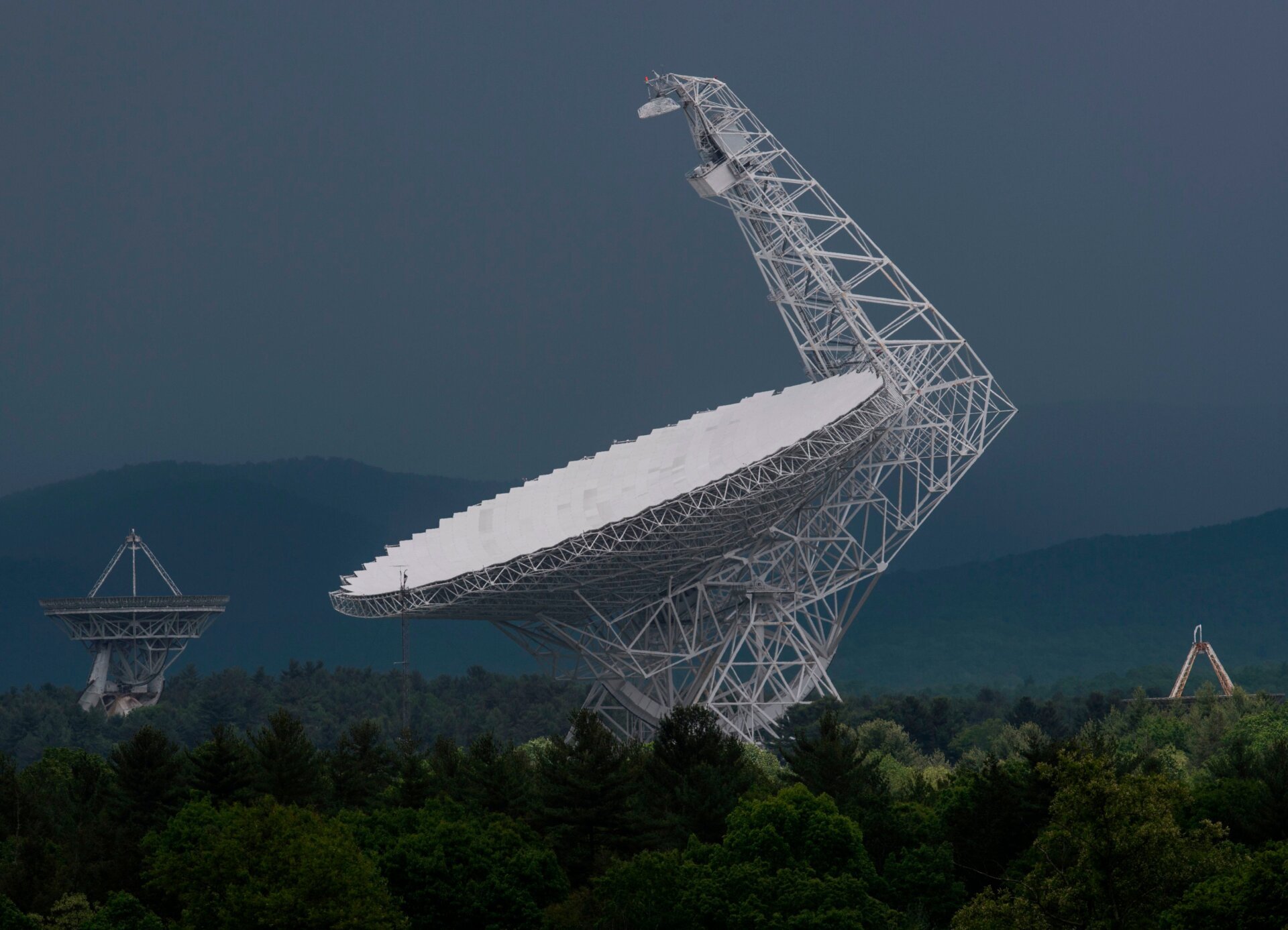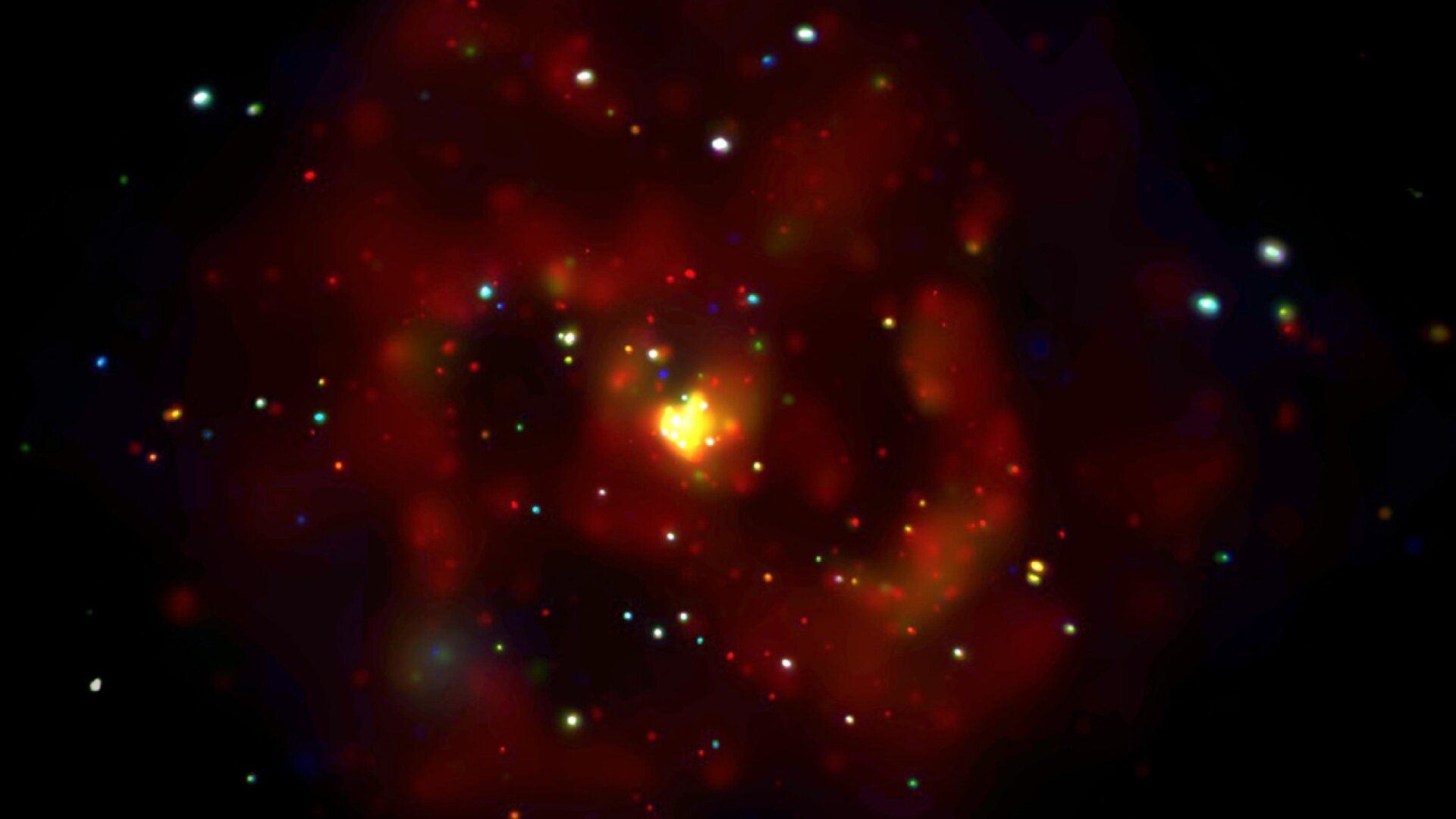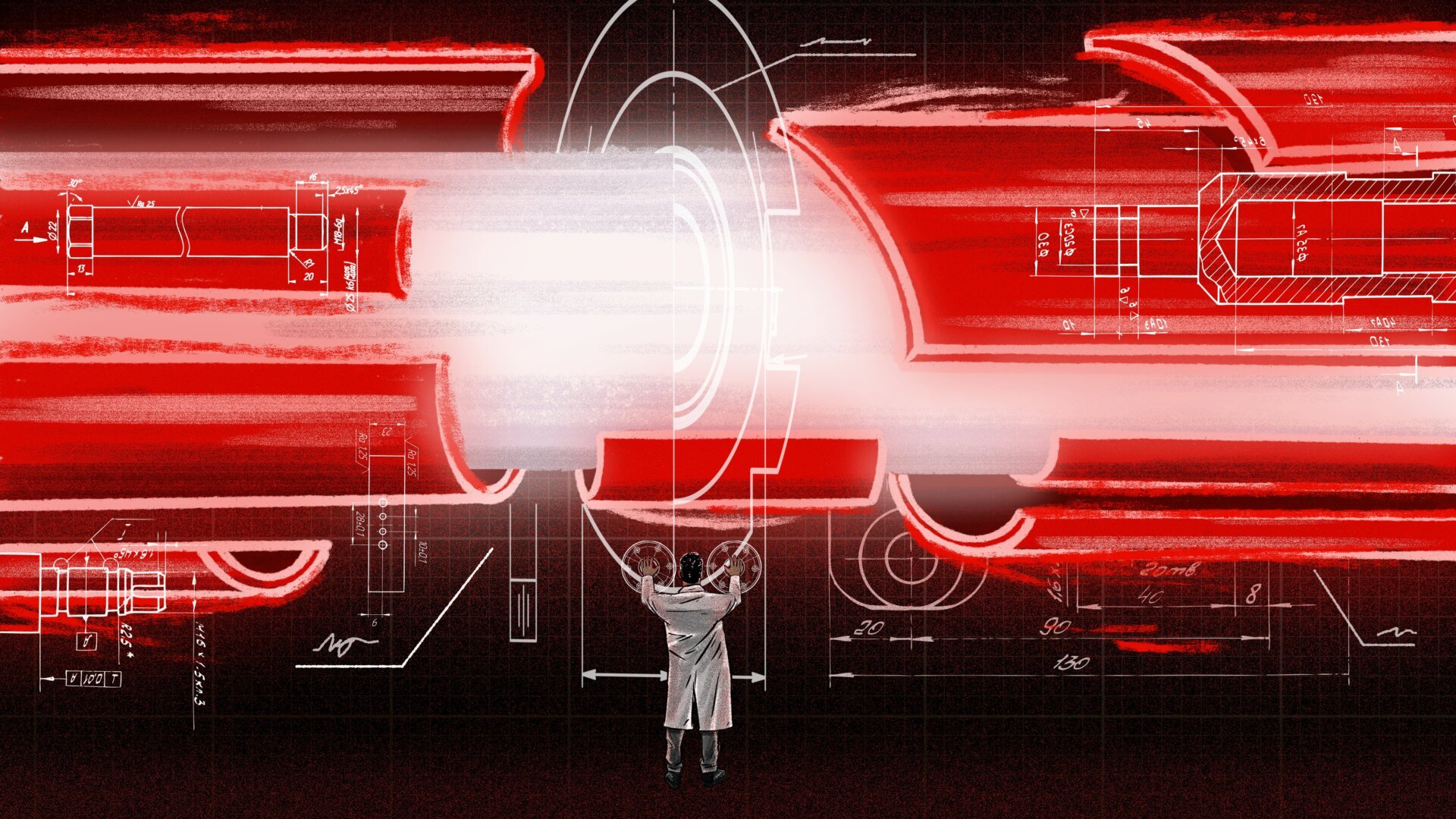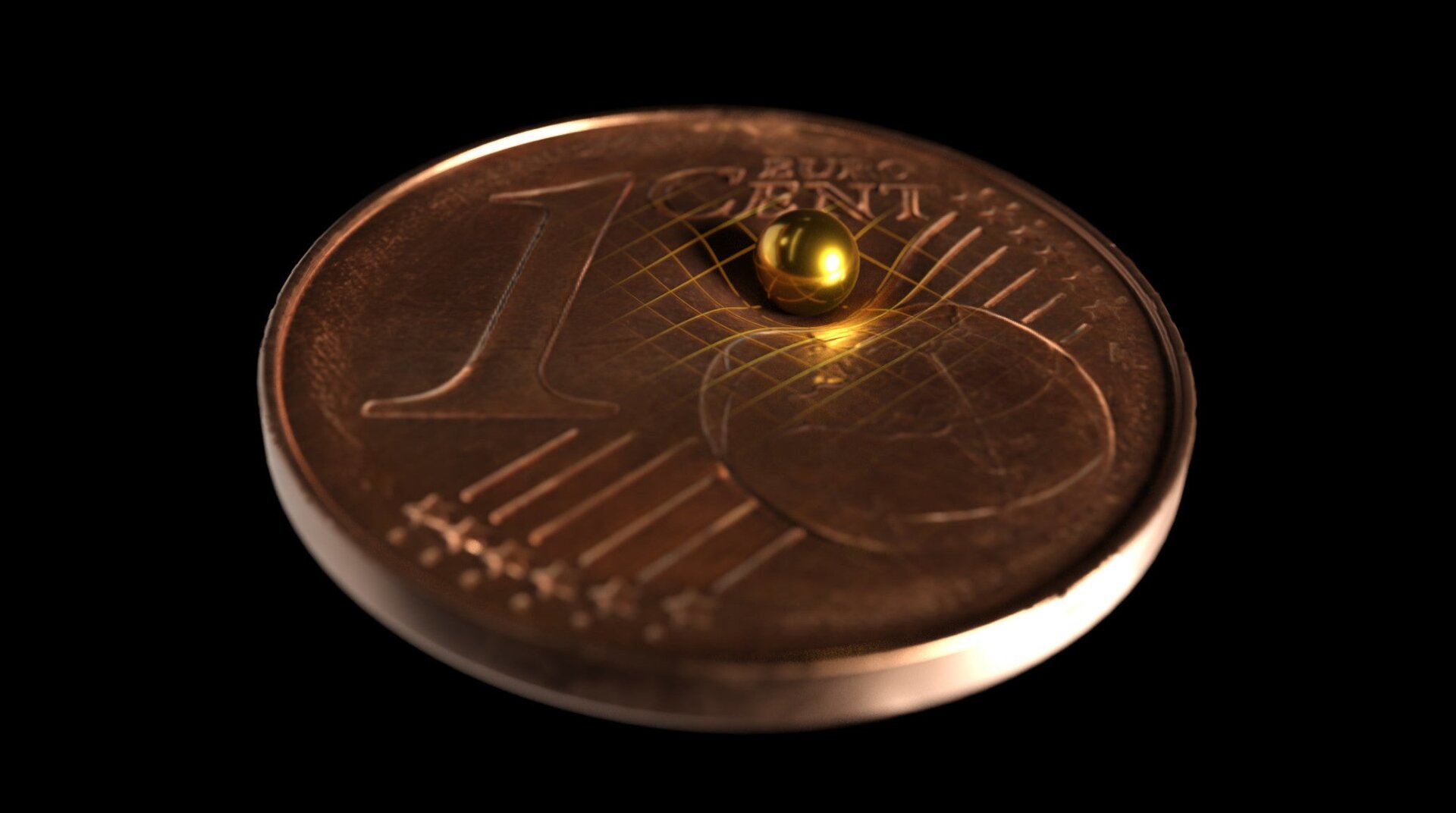Dark matter, a mysterious substance comprising about a quarter of the universe’s mass, has long eluded scientists. Despite its pervasive presence, evidenced by its gravitational effects on galaxies and galaxy clusters, direct detection remains a challenge. Traditional experiments searching for leading dark matter candidates, like WIMPs, have yielded no results, prompting physicists to explore innovative detection methods.
A Novel Approach: Detecting Dark Matter’s Gravitational Pull
A team of scientists, known as the Windchime collaboration, proposes a groundbreaking approach: detecting dark matter through its gravitational interaction with ordinary matter. This seemingly simple concept presents significant technical hurdles, requiring unprecedented levels of precision.
The Evidence for Dark Matter
The existence of dark matter is inferred from various astronomical observations. Galaxies rotate at speeds that should cause them to fly apart, and galaxy clusters move in ways inconsistent with our understanding of gravity. Gravitational lensing, the bending of light around massive objects, and the cosmic microwave background radiation also support the presence of unseen matter. These observations suggest that the visible matter accounts for only about 5% of the universe’s total mass, with dark matter making up the significant remainder.
The Search for Dark Matter: From WIMPs to Windchimes
The leading theoretical candidates for dark matter, WIMPs (Weakly Interacting Massive Particles), have been the focus of intense research for years. Experiments using large tanks of liquid xenon, designed to detect the faint light flashes produced by WIMP interactions, have so far been unsuccessful. Other theories, such as axions or primordial black holes, have also failed to provide concrete evidence. This lack of success has spurred the exploration of alternative approaches, including the Windchime collaboration’s gravity-based detector.
The Windchime Detector: A Symphony of Gravity
The Windchime detector, conceptually similar to a wind chime, consists of billions of tiny sensors suspended in a vacuum chamber. A sophisticated laser system monitors the sensors’ positions with extreme precision, capable of detecting movements smaller than a fraction of a proton’s diameter. Any dark matter particle passing through the detector would exert a minuscule gravitational pull on the sensors, causing them to jiggle in a detectable pattern.
Overcoming the Challenges: Noise and Quantum Fluctuations
The biggest challenge lies in isolating the faint gravitational signal of dark matter from background noise. Vibrations from passing vehicles, seismic activity, and even air currents could disrupt the delicate measurements. Furthermore, quantum fluctuations, inherent uncertainties in the position of subatomic particles, pose a significant limitation.
The Windchime team draws inspiration from the LIGO experiment, which successfully detected gravitational waves. LIGO’s ability to measure minute changes in spacetime, despite various noise sources, demonstrates the feasibility of ultra-precise measurements. However, the Windchime detector requires even greater sensitivity, necessitating further research and technological advancements.
A New Frontier in Dark Matter Research
The Windchime collaboration is currently developing a prototype detector. This initial version will aim to detect the gravitational pull of a bowling ball, serving as a proof of concept. Subsequent iterations will increase sensitivity, targeting the mass range of potential dark matter candidates like dark quark nuggets or primordial black holes.
While the search for dark matter remains a daunting task, the Windchime detector offers a fresh perspective and a potential breakthrough in our understanding of this enigmatic substance. This innovative approach, leveraging the fundamental force of gravity, opens up a new frontier in dark matter research.











